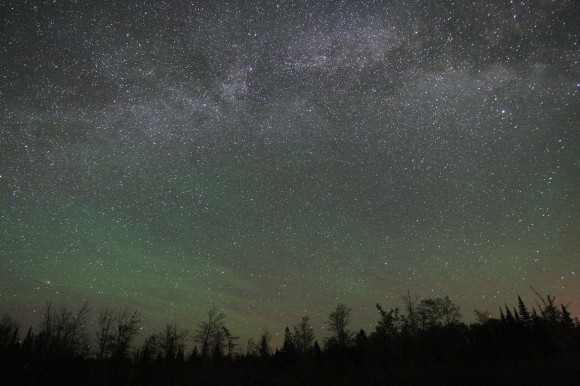It is well-known that the sky is blue due to Rayleigh-scattering.
What bothers me though is the question how to actually calculate the spectrum of the scattered sunlight. Yes, use one of the formulas involving
$$I\propto \frac{1-\cos^2\theta}{\lambda^4},$$
that is clear, and the solar black-body spectrum has to be convoluted with the three human eye sensitivity curves to obtain an RGB image. But since our visual perception system (a.k.a. eyes) evolved such that the VIS-range is not strongly absorbed, I assume multiple scattering needs to be considered. So the formula above has to be applied to all paths involving no, single, double, triple etc. scattering, in other words there'll be a path integral involved.
Is there a closed form solution for this multiple scattering? Or at least an established routine to do the calculation?



Best Answer
The related question "Rayleigh equation as explanation for sky being blue" mentioned in the comments to this question ends with: "... I wonder if Rayleigh scattering truly is the explanation for why the sky is blue.", the answer being "no".
Your question is: "How to correctly calculate the colour of the sky?"
The Wikipedia section "color" on the webpage Diffuse Sky Radiation explains that the color of the sky, directly overhead and not facing the Sun, is:
That webpage offers a spectrum measured using a spectrometer under non-ideal conditions. What it does show, that is relevant, is that the spectrum is complicated by the concentration of various elements and molecules in the path of the light.
The same image is reused on the Wikipedia webpage "Fraunhofer lines" where the lettering is explained as follows:
Simply cropping that section of the spectrum (475nm) and lightening it does indeed provide a blue sky color, but that's hardly a satisfactory description of the sky's color.
Similarly any simple formula is going to have many shortcomings and any complex formula will involve many measurements, and a lot of input variables. You'll not only need to know the date and time (to calculate the angle of the Sun) but will need to analyze a sample of the air column between your position and the extent of the atmosphere, that still leaves calculations for human perception of color. Calculating the year to year variances of sunlight is another exercise.
Utilizing spectroscopy alone is sufficiently complicated and the nature of the interaction of light upon materials far more complicated than a simple Rayleigh scattering model.
Wikipedia's webpage "Sunlight" explains some of the measurements, and also offers a link to published tables of the US Forest Service at "Direct solar radiation on various slopes from 0 to 60 degrees north latitude; those tables are themselves estimates, and another source of inaccuracy.
The article referenced above, by Glenn S. Smith, explains on page 594, with respect to available (Rayleigh scattered) light and the properties of human vision:
While Raman scattering plays a small role, the Rayleigh scattering (from the Hyperphysics webpage) is:
You are certainly better off reading the more complete set of calculations offered by Smith.